
LBS subscribers will total 315 million in five years
In 2011, the total population of GPSenabled LBS subscribers will reach 315 million, up from 12 million in 2006, according to a new study from ABI Research, USA. This represents a rise from less than 0.5% of total wireless subscribers today to more than 9% worldwide at the end of the study’s 5-year forecast period. The LBS market took off first in South Korea and Japan, driven by personal navigation and some family- and people-finder services. In the United States, Nextel and Sprint initially drove LBS adoption with a focus on fleet applications. www.abiresearch.com

Leica AT504 Geodetic Choke Ring Antenna now supports GNSS
With the introduction of the Leica AT504 GG, Leica Geosystems is announcing a brand new version of its successful AT504 choke ring antenna for permanent reference stations and networks. This new antenna tracks GNSS observations, supplying high quality GPS and GLONASS data when used in conjunction with Leica GPS1200 GNSS receivers. The design of the AT504GG choke ring antenna effectively suppresses multipath effects and has a very stable phase center making it ideally suited for geodetic applications using GNSS observations.
Leica Geosystems also introduces the new V2.2.0 for Leica GPS Spider software for GPS reference stations and networks. With this new update of GPS Spider, Leica Geosystems continues its policy of continued product development and improvement of its GPS Reference Station solutions. www.leica-geosystems.com
Dr Manmohan Singh, Prime Minister of India has recently expressed concern over the ‘decline …
“Create synergy between the science and application of …
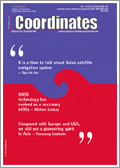
The ‘Namuru’ Open GNSS Research Receiver: An update PETER MUMFORD, KEVIN PARKINSON AND ANDREW DEMPSTER
National Forest Cover Assessment by the Forest Survey of India ALOK SAXENA
GPS based control points for mapping JAYANTA KUMAR GHOSH, OJASWA SARMA AND AMIT GOYAL
Global Positioning Systems versus Local Positioning Systems KRZYSZTOF KOLODZIEJ

In the last several years we have seen an explosion of consumer GPS products. Telematics systems, LBS applications on cell phones, GPS-enabled PDAs, and more novel GPS products such as pet finders have flooded the marketplace, with new products and applications announced almost daily. Likewise, public awareness of the potential utility of GPS has increased. Microsoft’s and Google’s entrance into the GPS and mapping market have helped accelerate consumer understanding and adoption of location technology. This is also causing a major demand among users of LBS technology to “show what is around me.” In a word, GPS is a general term in the marketplace to which consumers are accustomed in how they understand and explain all location-enabled products and applications. What’s interesting is that GPS is not even the positioning-enabling (or location-enabling) technology inside many of these new locationaware applications that are getting a lot of traction these days. Moreover, Google and the other online mapping consumer websites are a disruptive technology for GPS because they don’t require the use of GPS – users can either self provision by entering a street intersection or applications like Google Local and Microsoft Local Live use WiFi for location sensing to the nearest access point.

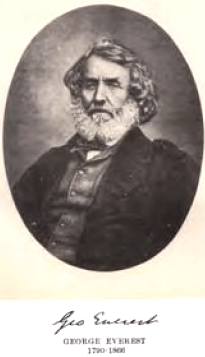
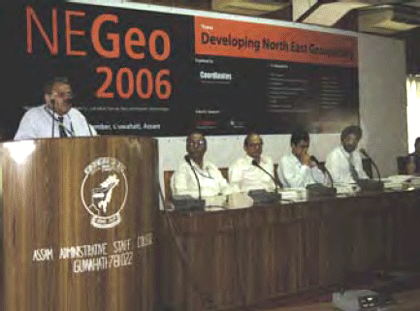
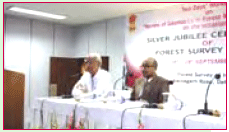

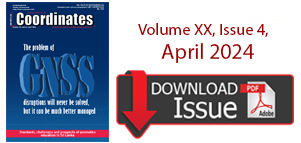





 (5.00 out of 5)
(5.00 out of 5)